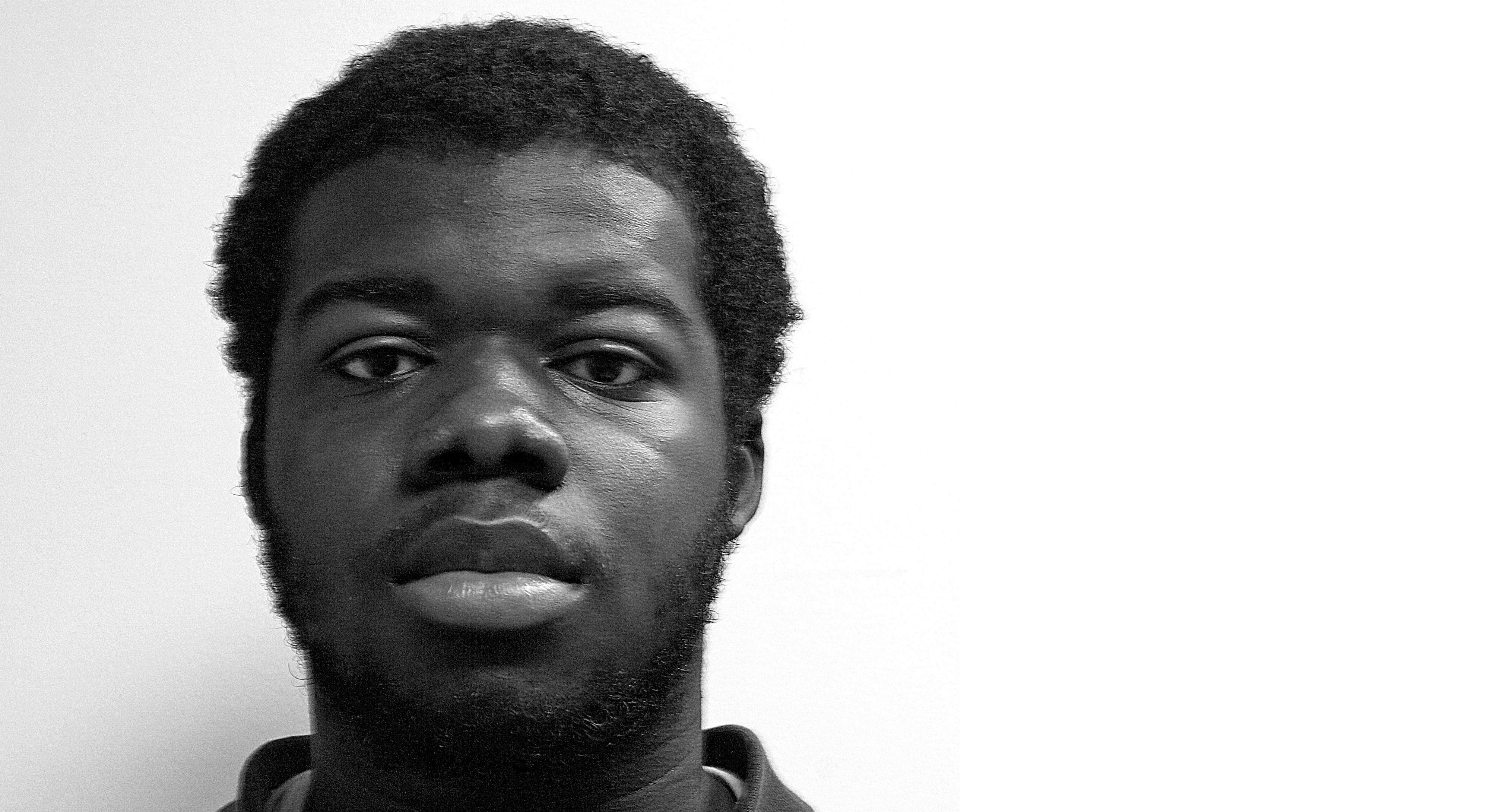With the rise of social networking as a viable medium for debate, political messaging has changed the way we view public opinion. Companies, for example, have strategies for increasing “engagement” and “brand awareness” on social networks, and media organizations often troll Facebook and Twitter for everything from sources to story reaction. Lost in all of this is a realistic evaluation of exactly who is online, commenting and tweeting their reactions to the news.
The seemingly swift success of the Arab Spring uprisings, specifically in Egypt, aided in some measure by social media platforms like Twitter and Facebook, led to pronouncements by thinkers, academics, and ‘public intellectuals’ that social media was not simply an accelerant on an already-sparked fire of revolt, but rather the spark of revolt itself.
The backlash against these pronouncements was swift, and began a sort of meta-debate about western reaction to the uprising, but the idea that social media was a transformative force in the realm of politics and public opinion was cemented. What both sides of this debate seemed to have forgotten was that social media plays, at best, a supplementary role to social movements, not a primary one. The “Green Revolution” protests following the Iranian elections in 2009 are a great example of an uprising fueled by social media that ultimately failed to effect the meaningful change it was intending.
Closer to home, the presidential election in the US last year provided another case study in how social media has skewed our perceptions of public opinion. The election cycle, which began on the Republican side just after 2010 midterm elections, featured a long, grueling series of debates. Each of these, from the primaries to the general election, was accompanied by a lively conversation on social media; politicians and their surrogates trying to spin the results in real-time, and journalists talking amongst themselves.
The real-time nature of the conversation, reacting to the debate, however, did not actually prove more enlightening as to what “people” were thinking of the debate. Oftentimes, all the Twitter element added was a quickening to the formation of the conventional wisdom; reporters piggybacking off of their colleagues, themselves often shaped by the political partisans and operatives that flooded the medium during debates.
The major issue with relying on the “voice” of social media is that even when there isn’t a set-piece event tailor made for political reaction, such as a debate or a speech, the audience on these platforms is highly unrepresentative of the public at large. A study by the Pew Research Center on the reaction on Twitter to various political and policy events found that the general tone on the site was often at odds with surveyed responses.
This is not particularly surprising; Only 16 per cent of American internet users are also on Twitter. Even discounting the fact that those 16 per cent are likely not representative of the American public, there is a probable selection bias when it comes to who tweets what; because one has to take the initiative to post on social media about an issue, those who feel strongly about the issue are the ones talking loudest.
What should we take away from this? There is some truth to the alleged transformative effect of social media; stories certainly move faster, and debate often occurs in several-hour long bursts over relatively trivial mini-conflicts. Even so, it is important to remember that the vast majority of these stories fizzle out before they even reach the average citizen. Getting a handle on what “the public” thinks about any issue is difficult, even with the best of methods. The true value of social media lies in using it as a sort of “colour” to the story; a detailed look at the thoughts of what a very narrow, self selected slice of the public thinks of an event.









